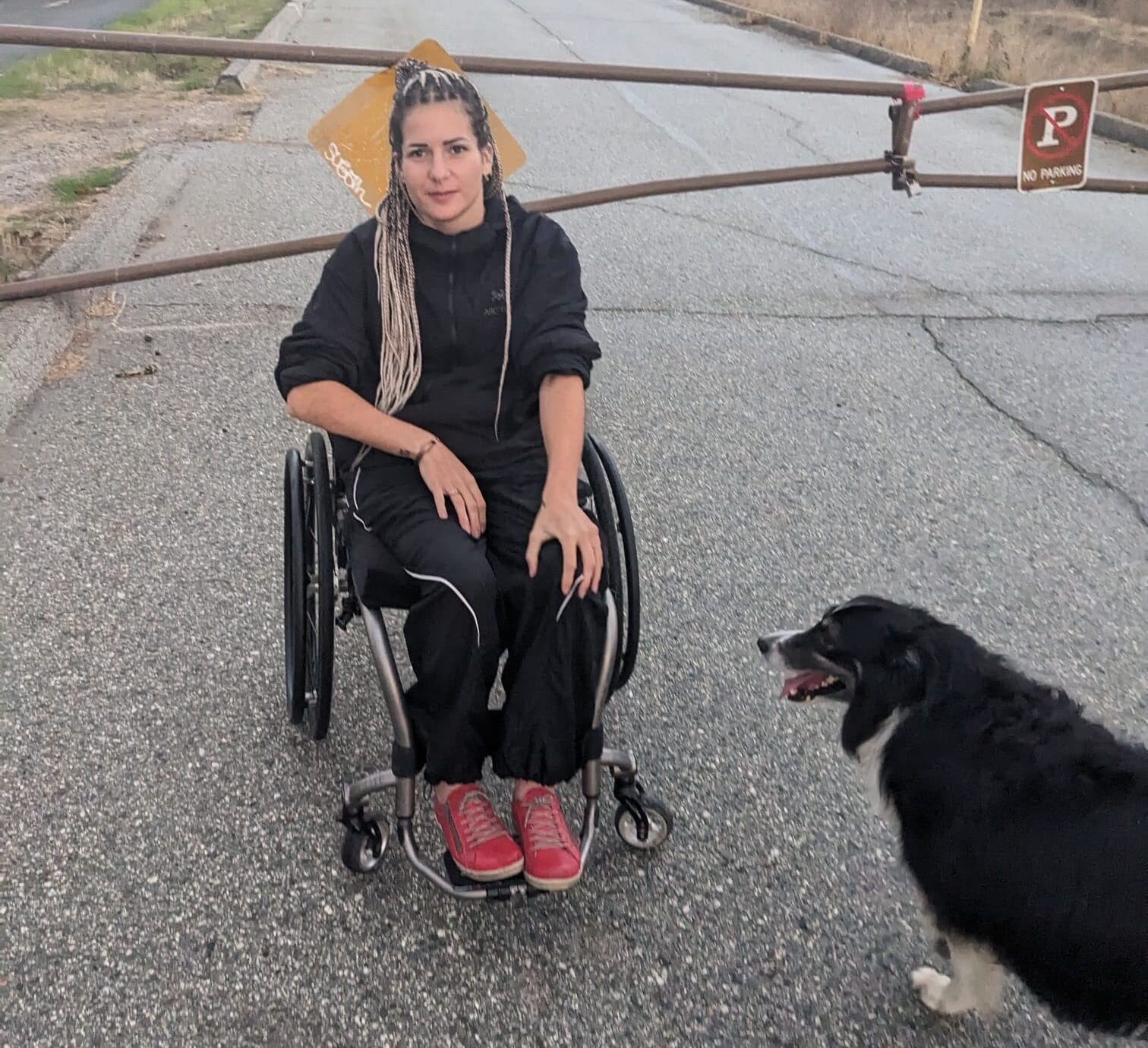If you have certain bladder problems, you may be at risk of developing a urinary tract infection. An untreated UTI can be harmful to your bladder and kidneys, that is why it is important for you to recognize the different symptoms of a UTI and learn how to help prevent them in the future.
How do I know if I have a UTI?
We have listed some common symptoms of a UTI. These are general guidelines meant to help you with typical questions. You should follow the specific instructions provided by your healthcare provider and the intermittent catheterization solution you are using.
Symptoms that may be related to UTI:
- Pain or discomfort when passing urine
- An urge to pass urine frequently
- Cloudy and strongly smelling urine (unrelated to foods that can cause urine odor)
- Blood in the urine (enough blood to make the urine the color of cranberry juice)
- Unexpected urine leakage
- Fever/sweating or chills
- Pain in the bladder (above pubic bone area)
- Pain in the kidney area (lower back area)
- Headache, nausea
- More fatigued and just feeling poorly
- Confusion – especially in the older population
Some symptoms are obvious signs of a UTI, but be aware of other symptoms, which are more subtle and therefore harder to recognize. Some other symptoms specific to people with SCI include:
Symptoms that may be related to UTI in people with SCI:
- Increased episodes of autonomic dysreflexia (AD). Symptoms of AD include a pounding headache, sweating above injury level, goosebumps below injury level, feeling of slow heart rate
- Fever over 38° C/101° F
- Unusual spasticity
- Sudden difficulty with your bladder management routine
If you experience any of the symptoms listed above, you should consult your healthcare provider!
Now that we know the symptoms we’re looking for when experiencing a UTI let’s discuss how we can avoid them. There are several precautions that might help you prevent recurring urinary tract infections.
Here are some steps you can take:
- Get enough fluids: Drinking lots of water dilutes urine and flushes bacteria out of the bladder. If you regularly empty your bladder as directed by your healthcare provider, you may remove urine with potential bacteria each time you catheterize. Make sure you drain the bladder completely each time.
- Maintain good personal hygiene: Bacteria from improper hand washing, or bacteria near the urethral opening, can be introduced into the urinary tract when using a catheter.
- Regularly empty your bladder completely: Staying on a regular schedule and emptying your bladder completely with intermittent catheterization, reduces the amount of time urine sits stagnant in the bladder. Each time you catheterize you remove the urine in the bladder along with any bacteria that may be present.
- Use a sterile catheter every time you catheterize: A well-lubricated, (hydrophilic coated or pre-lubricated) catheter may make the process more comfortable and may lessen the friction during insertion and withdrawal of the catheter.
If you found this blog post to be helpful and want to read more about UTIs download our free eBook to keeping your bladder healthy! Understanding Urinary Tract Infections – Coloplast Canada
Additional Resources
Learn more about UTIs and SCI on our blog
Download our UTI Prevention and Detection Wallet Card
Visit our LivingwithSCI.ca page on Bladder Management
Note: Content sponsored by Coloplast. This is general information. You should follow the specific instructions provided by your healthcare provider and the catheterization solution you are using.



